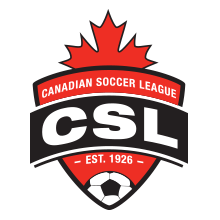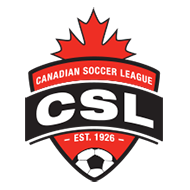The Canadian Soccer Association revealed on June 3 its most recent technical development vision for Canada, a pathway that consists of three streams – recreation soccer, competitive and high performance.
It’s hard to say if the CSA has run its course on the multitude of promises over the years to fix the men’s national team dilemma, which is the driving force behind the numerous technical strategic plans that keep coming forward, but one thing is clear – skepticism continues to abound.
The most telling criticism is contained in a Globe and Mail story of June 7 in which the newspaper’s Cathal Kelly writes ‘ After years of corrosive in-fighting between its fractured potentates, the CSA is trying to solve the next issue in the chain – organized instruction and a straight line from the youth team to the national team.’
Kelly attended the CSA session and describes the proceedings as being ‘an almost unintelligible collection of buzzwords and MBA bafflegab. By the end of it, you had no idea what you had been told.’
The Globe suggests the CSA is too much PowerPoint and not enough passion.
The men’s national team is now 110th in the world, pushing two years without a win and has only recently broke a 14-month goalless streak.
Of significance is the obvious reference to the Canadian Soccer League’s contribution to player development. The Globe story explains: ‘The last decent generation of Canadian players were largely developed in the semi-pro ranks of this country, and then snaked their way to better clubs in Europe. That avenue has closed.’
The 88 year-old CSL was de-sanctioned in 2013 and expelled from CSA membership earlier this year without a hearing or conviction of any rule violation. (The CSL has already announced these steps are in the hands of its lawyers and the league will be seeking substantial damages.)
The national association’s abrupt actions were taken after a study revealed 40 players from the CSL were selected for various national teams throughout the world – mostly under 21 and under 23 – during the three seasons 2010, 11 and 12.
The CSA’s repeated attempts to ease the anger and frustration with promises that fail to bring results comes on the heels of FIFA, the world governing soccer body, being besieged by heavy criticism and pressure to come to terms with the allegations of bribery and corruption within its ranks.
On the brighter side, by virtue of being the most desirable team sport in the world, the beautiful game is becoming larger and stronger – 270 million players world-wide.
It’s little wonder, however, that the vast majority of those playing the world game prefer to be unaffiliated and unregistered (about 68 per cent of players are not associated with formal governance) and why in Canada there are rumbles of discontent and disillusionment with suggestions of separation by those presently affiliated. The high cost and disproportionately small benefits to teams and clubs across the country are aggravating factors to the general discontent, including the lack of Canada’s participation in the World Cup finals.
Fans wonder how can Canada’s dismal record of no World Cup qualification for almost 30 years despite an increasing player population that’s greater than the Canadian mainstream sports, and while Canada is considerably better off than a number of poorer countries which manage to advance to the last 32 with their inadequate resources.
The CSA and the provincial associations would be wise to follow the successful football nations and put player development in the capable hands of the two levels of professional soccer, which is where the skills, experience and high level coaching exist. They should also be some much needed encouragement, with greater recognition, even incentives for the academies.
That would open up more time for what governing bodies do best – govern with intelligent oversight. A study by the CSA of the reason why there appears to be a a growing desire by affiliated, registered soccer in Canada to become unaffiliated and private, would also be productive and timely.

